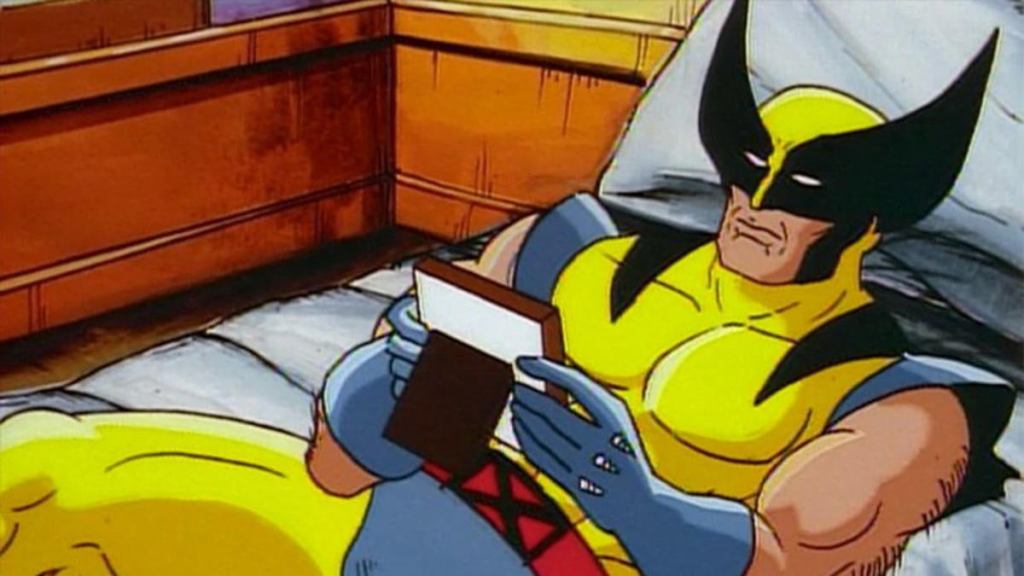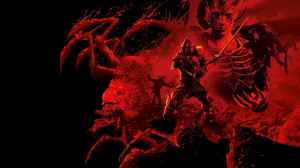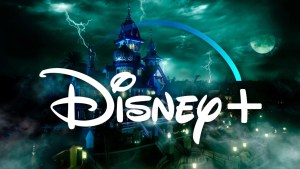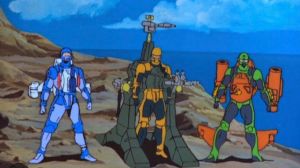X-Men ’97 made sure to give Magneto a chance to shine in the final hour of the first season.”Tolerance Is Extinction Part 3″ decided to focus on both the world-rattling stakes of Bastion’s attack and what makes Magneto tick. ComicBook’s Phase Zero podcast spoke to director Jake Castorena about the choice to center the X-Men antagonist so much in the finale. First, we had to joke about keeping the secret of Magneto’s resurrection last time we spoke. “I was trying to be t tactful about Magneto, but I buried it under the Gambit question,” Castorena smirked. “So, I technically didn’t lie to you.”
Videos by ComicBook.com
Once we got past that bit of misdirection, he went on to explain how showrunner Beau DeMayo wanted to focus on this trauma from Magnus’ youth. The essence of being a survivor and how that shaped his worldview. It’s all very affecting stuff. But, at the same time, it’s completely coherent with X-Men: The Animated Series and the path that it laid down for X-Men ’97 to run and then fly as the season got going. Here’s what he had to say:

Castroena began, “The third part? That’s been in, in the vision and mission statement from Beau DeMayo from day one. Telling that side of Magnus and leaning into the Holocaust trauma. That foundation of why Erik is the way he is, why his ideology is shaped the way it is. So, being able to lean into that, and not shy away from those themes even more. So, not in a gratuitous nature, right?”
“But, in the writer’s room, having the blessing and the mandate from Marvel to go, ‘ If you’re gonna do that, lean into that, go do that stuff.’ Because that’s what was so great about the OG show, right? It was [about these issues], even though it was in the bubble of a Saturday morning cartoon. A Saturday morning serial, it never shied away from the themes that it was talking about,” Castorena recalled. “‘Beauty & the Beast’ is one of my favorite ones.This dude was mad at this adorable blue world renowned scientist, one of the most renowned scientists ever. I’m going to give your blind daughter sight and he’s like ‘*bleep* you!’ What? As a kid, that made me so angry. As a kid it hurt me and I didn’t understand I was being taught about prejudice right there.”
X-Men ’97 Continues to Build On Animated Series Foundation

As our interview continued, the director talked about one of his favorite entries in the older X-Men show. Focusing on Beast, “Beauty & the Beast” focuses on Hank McCoy helping a small blind girl regain her sight. However, his noble cause is complicated by the fact that even his brilliance can’t eradicate prejudice.
“I had no idea but I was receiving it and that’s the best part about what the OG series did. It didn’t shy away from what the themes and the allegories of what X-Men is. Prejudice,” Castorena clarified. “They had to adhere to that Saturday morning bubble. We get to expand a little bit out of that. And, to that point, as you see in the show, just because we can, doesn’t mean we will or should.”
“It’s all about, we’re on a team. It’s something we realize that we give ourselves false parameters to make sure we’re checking our math. Whether it’s nerd math, geographical math, whatever it is. We gave ourselves false parameters to make sure to keep us in check, to make sure we’re not going too far away from the original DNA that is the OG show. But, also adapting it. Fresh, but familiar.”
Did you love how much Magneto got to shine in the final episodes of X-Men ’97? Check out the wild moments down below!








